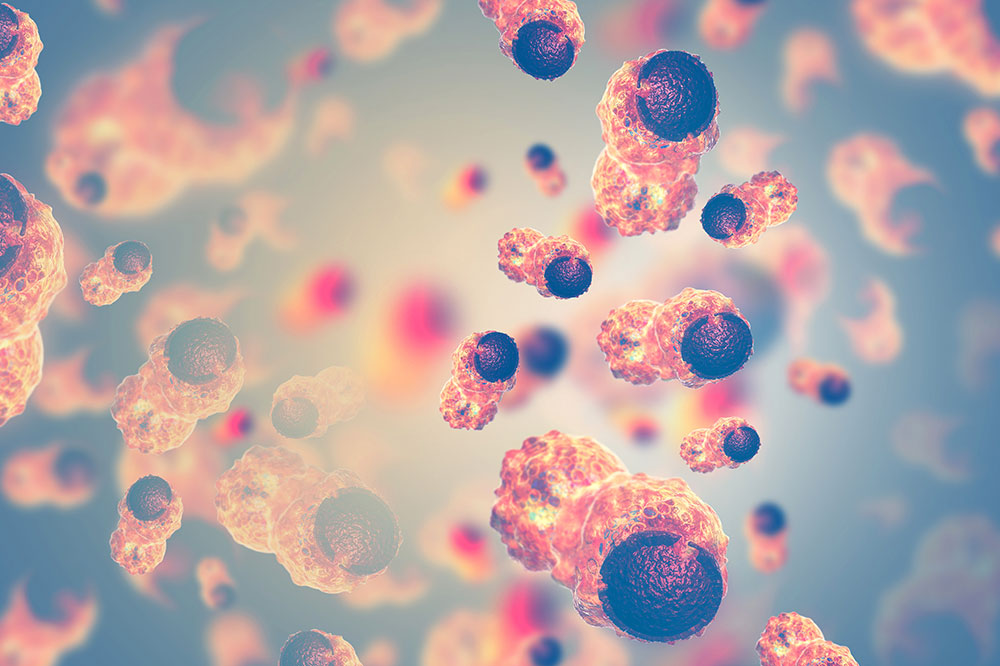Understanding cancer recurrence
Battling cancer victoriously lets one breathe a little easier. But, that does not take away the all-consuming fear a cancer survivor harbors inside of themselves. Fear and anxiety does hinder daily life, and the only option one has is to be calm and positive. Yet, one gets jittery with every follow-up with the doctor.

The fear is not baseless though. Cancer in all its entirety can sometimes relapse. The returning of cancer after having gone through the initial treatments to get rid of the cancer is recurrence. It can be because the treatment failed to completely remove some malignant cells from the body that eventually started multiplying aggressively again. These cancerous cells may or may not originate in the same place as the first time.
Types
In most recurrence cases, cancer that returns after the remission period is the same one that the patient had suffered from earlier. In some cases, however, it can be a different type of cancer and might not be related to the first one. The types of cancer recurrence are:
- Local
It is when cancer has returned where it had first occurred or somewhere close. Local recurrence of cancer signifies that cancer has not spread elsewhere. - Regional
Regional and local recurrence can be differentiated on the basis of the presence of cancer cells in the lymph nodes surrounding the area of origin. - Distant
When cancer enters the metastasis stage, it spreads to other parts of the body distant from the site of origin. Distant recurrence is the returning of cancer different from its initial occurrence.
The site of recurrence of cancer is mainly based upon the type and the stage of the cancer being treated. Depending on its type, cancer can recur in some specific sites, like lungs, liver, bones or in the brain,
Symptoms
The symptoms of cancer recurrence are relevant to its type of recurrence.
- For a local recurrence, the symptoms are similar to the first time as they are specific to the site and type.
- In the case of regional recurrence, the warning signs might slightly be different, like a lump around the original area.
- Distant recurrence shows different signs and symptoms, as this time, the cancer cells have spread. The warning signs include unexpected consistent pain, unexplained weight loss, easy bleeding, unexplained bruising, nausea, blood in urine and excreta, trouble swallowing, shortness of breath, fever and chills, and persistent cough. Some other symptoms can also be a red flag you should look out for.
Diagnosis and treatment
The diagnosis of recurred cancer remains similar to the original one. After the recurrence has been detected, your doctor might suggest some more tests do detect the type and stage of the cancer.
The treatment plan depends on the type and stage of the recurred cancer. The plan suggested by the doctor can depend on the series of previous treatments and the patient’s reaction to them.
It is difficult to not worry about cancer recurrence. However, it is important to keep this legitimate fear from interfering with normal day-to-day life. In order to do that, one can join support groups, see a therapist, or employ their family and friends to help deal with it.











